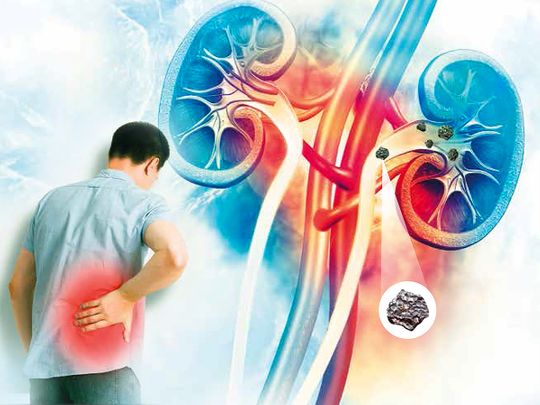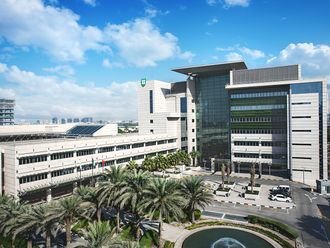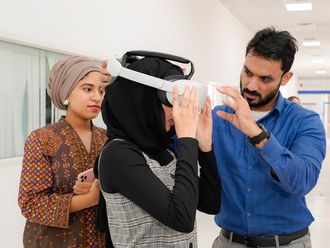
When your urine has more minerals and salts than it can dilute, they stick together to form stones. They can be found anywhere in the urinary tract, from the kidneys and the ureter to the bladder. Your chances of developing stones are greater, if you are a man of European origin.
Causes
1. Low urine volume; 2. Diet; 3. Bowel conditions; 4. Obesity; 5. Medical conditions such as hyperparathyroidism and renal tubular acidosis; 6. Medications such as calcium and vitamin C supplements may increase your risk of forming stones; 6. Family history
There are four main types of stones
1. Calcium stones are the most common type; 2. Uric acid stones caused due to being overweight, chronic diarrhoea, type 2 diabetes, gout, and a diet high in animal protein and low in fruits and vegetables; 3. Struvite stones caused by chronic urinary tract infections; 4. Cystine stones caused by a hereditary disorder that results in excess cystine in urine
How to diagnose a stone
1. A kidney, ureter and bladder (KUB) X-ray; 2. An ultrasound or CT scan
SYMPTOMS
1. Pain in the back and side, often moving to the lower abdomen or groin; 2. Urinating very often and the need to urinate often; 3. A burning sensation while passing urine; 4. Dark or red urine; 5. Nausea and vomiting
PREVENTION
1. Drink enough liquid every day (about 3 litres); 2. Reduce the amount of salt in your diet; 3. Eat the recommended amount of calcium; 4. Eat plenty of fruits and vegetables; 5. Eat less meat
TREATMENT
1. The most common medication is tamsulosin, which relaxes the ureter to help the stone pass; 2. Surgery is required to remove a stone from the ureter or kidney if the stone fails to pass, the pain is too great to wait for the stone to pass and the stone is affecting the functioning of kidney; 3. Shock Wave Lithotripsy Shock waves fired at the stone using X-rays or ultrasound break it into small pieces; 4. Ureteroscopy (URS) is used to remove stones in the kidney and ureter; 5. Percutaneous Nephrolithotomy (PCNL) is best for removing large stones lodged in the kidney













